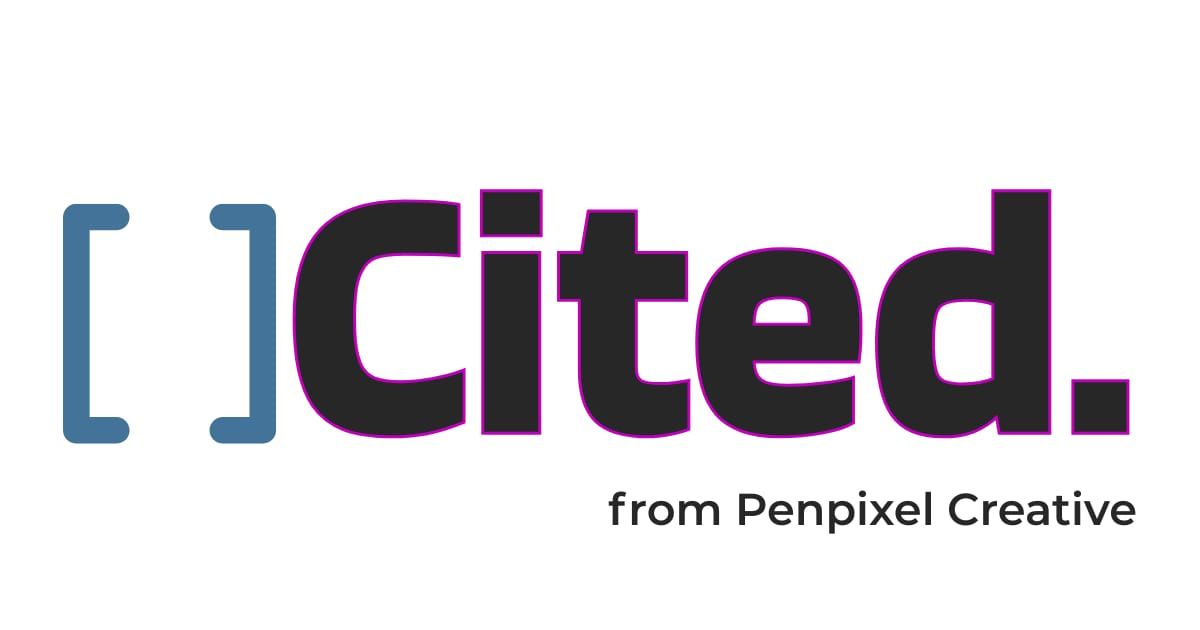I’m seeing a lot of back-and-forth about SEO, and that will probably last a while.
Marketing teams are still relying on Google rankings.
I think they’re pressed for time with all the channels they have to worry about, plus, SEO isn’t really dead.
Search rankings still apply…
…but clicks are way down.
It’s like the elephant in the room nobody wants to talk about.
So, teams continue assuming that solid SEO and optimized pages will carry over into the AI search era.
They’re wrong.
And this is going to cost brands visibility they won’t admit they’ve already lost.
The Assumption That’s Failing Everyone
For years, the formula was simple:
If you rank → you get found.
If you discovered → you win the click.
And that’s how it’s been for as long as I can remember.
But AI tools don’t provide answers by following the same rules.
They aren’t pulling from your position on page one.
They’re not rewarding your keywords, your backlinks, or your “helpful content.”
They make decisions differently.
What I’m saying is this:
Your Google visibility and your AI visibility are no longer the same thing.
You can dominate organic search but be completely absent from AI-generated answers.
You can have fully optimized content and never be cited.
You can have a strong SEO program and lose visibility to your competitors.
And most teams have no idea this split even exists.
And that’s the assumption that’s failing them.
The Shift No One Saw Coming
So, now you know: Your Google visibility and your AI visibility are not the same thing.
Why?
Because AI systems don’t “see” the same signals that you built your traditional SEO strategy on.
They’re parsing:
Brand consistency
Cross-surface alignment
Entity clarity
Topical authority
Structured storytelling
…and whether all of that forms a coherent identity that can be safely retrieved and represented back to users.
In short, AI tools look for brands they are trained to trust.
Ranking isn’t proof of that.
A Pattern I’m Seeing Across Brands
This year, I’ve consulted with companies ranging from scrappy SMBs to mid-market platforms and enterprise SaaS.
Their sites had:
Clean technical foundations
Strong organic rankings
High-value content
Healthy backlink profiles
…and zero citations across AI tools.
The habits are almost always the same:
Teams optimize for Google…but LLMs can’t understand the brand behind the content.
The result?
Your content resonates.
Your SEO metrics seem fine.
But something looks off with your traffic chart.
Meanwhile, within the systems now shaping purchase decisions…
You're invisible.
And because no analytics platform reliably tracks “citation readiness” yet, most teams have no idea what’s lurking over the horizon.
The Real Danger
AI tools don’t pull from page one.
They pull from what’s retrieved.
And retrieval doesn’t care about your search ranking.
It cares whether your content matches the pattern AI is trained to trust.
That pattern looks like:
Clear, consistent messaging
Structured content that the AI can parse
Strong entity alignment
Semantic trust signals across the web
If your brand doesn’t show up in that retrieval layer,
You’re not just missing from the answer,
You’re missing from the conversation.
So What Does This Mean for You?
If you’re a CMO, VP of Marketing, or content leader:
Your visibility strategy must expand beyond
“How do we rank?”
To include:
“How do AI systems interpret our brand?”
If you’re an SMB founder or operator:
Your advantage is speed.
You can fix this faster than large teams buried in approval layers.
And if you’re somewhere in between:
There’s likely more opportunity on the table than you realize.
Regardless of size, the early movers are the ones who win the next 3–5 years of discovery.
Why I’m Starting Here
This misconception: “ranking = visibility” is the foundation of nearly every visibility gap I uncover in AI-Search Readiness Audits.
It sets the stage for everything I’ll explore in this series.
Next week, I’ll break down:
Why AI Search isn’t replacing SEO…it’s rewriting it.
And how your entire content ecosystem needs to evolve with it.
Until then, pay attention to where your visibility assumptions came from.
They might not match the reality you’re operating in anymore.
—
If you want to understand where your brand actually stands in AI Search, my audits break this down with complete clarity: structure, signals, and opportunities.
More on that in future issues.

